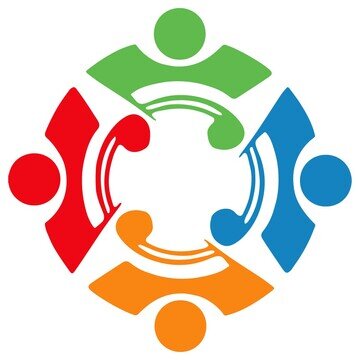36. Implement Check-ins
Data point of the week
Over 100 studies show that reciprocal self-disclosure increases liking and closeness.
That means if you want to help people build relationships, you need to create opportunities for them to share and listen.
That’s exactly what the ProjectConnect program does. And it works! It increases liking, closeness, and connection, and decreases loneliness. As this graph shows, loneliness went down after participating in ProjectConnect, while loneliness went up in the (randomly assigned) waitlist control group.
These results have been replicated by others. If you want to see more interesting data, check out the first 10 minutes of this video with Kent State University sharing their assessment results.
Reflection
It’s not surprising that mutual sharing increases closeness, but how do we initiate REAL conversation with people we don't know well, or in work/academic contexts where personal sharing isn’t the norm? Most of us hate small talk and crave more meaningful interactions, but, let’s face it, in most contexts it can come across as weird to ask a personal question or share too much.
That’s why it’s crucial to create contexts where this kind of sharing is not only appropriate, it’s encouraged.
ProjectConnect groups are an example of this type of context. The group has its own social norms, where participants guided to share, and can relax knowing that everyone there wants to have deeper conversations. Do you want to create this kind of environment? Attend a ProjectConnect certification training and start connecting!
One of my favorite connection tools—that starts off each ProjectConnect group—is a guided check-in. If you’re not ready to run groups yet, these can be used in all kinds of settings.
When I supervised the Wellness Team (a group of student employees), we started our weekly meeting with a short check-in … and they loved it! Taking a few minutes for everyone to share what was going on in their lives helped them get to know each other better and brought the team closer. It was students’ favorite part of the meeting, and some even said it was the highlight of their week!
When you integrate contexts/structures for sharing into your culture, it makes connecting easy. When it’s left up to individuals to figure out how to make those interactions happen, lots of people simply won’t, because it’s awkward and uncomfortable, and isn’t part of the social norms.
Action Step: Implement a regular check-in
Think about places you could implement a regular, structured check-in to help people get to know each other and connect. I like to include an up and a down/high and low. Here are a few ideas:
Substitute “Tell me about your happies and crappies” for the usual, “How are you?”, “How was your day?” or “What’s new?” (Is it just me, or is there very rarely anything new going on that’s newsworthy?).
Institute a short check-in at the start of a meeting, group, or class to help people get to know each other better, build empathy and connection, and get a quick read on how people are doing. If the group is larger than five or six, consider breaking into smaller groups of three (or so) to save time and make people more comfortable sharing.
Mix up your check-ins with different prompts, like:
Low, high, firefly (with firefly being an idea, spark of interest, surprise, etc.)
What’s bringing you joy and what’s causing you stress right now?
What’s something you’ve made progress on recently, and what’s something you’re procrastinating on?
Questions. Please share your response in the comments. We love hearing from you!
When you look at your life, how often are you in contexts that encourage real conversation vs. small talk? How can you create more of the real conversation contexts?
Happies … aaand crappies



